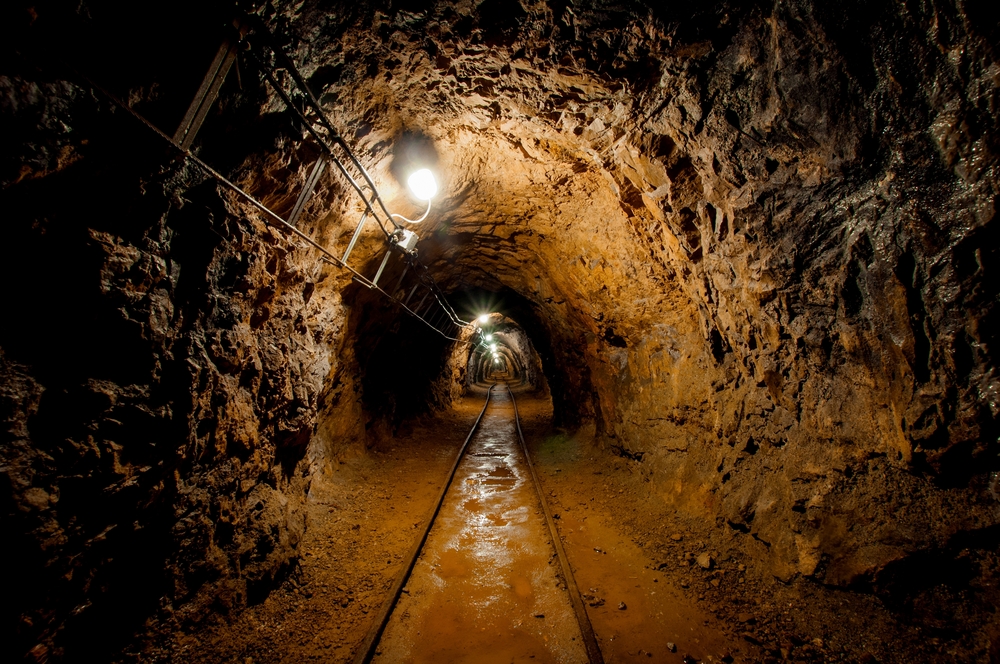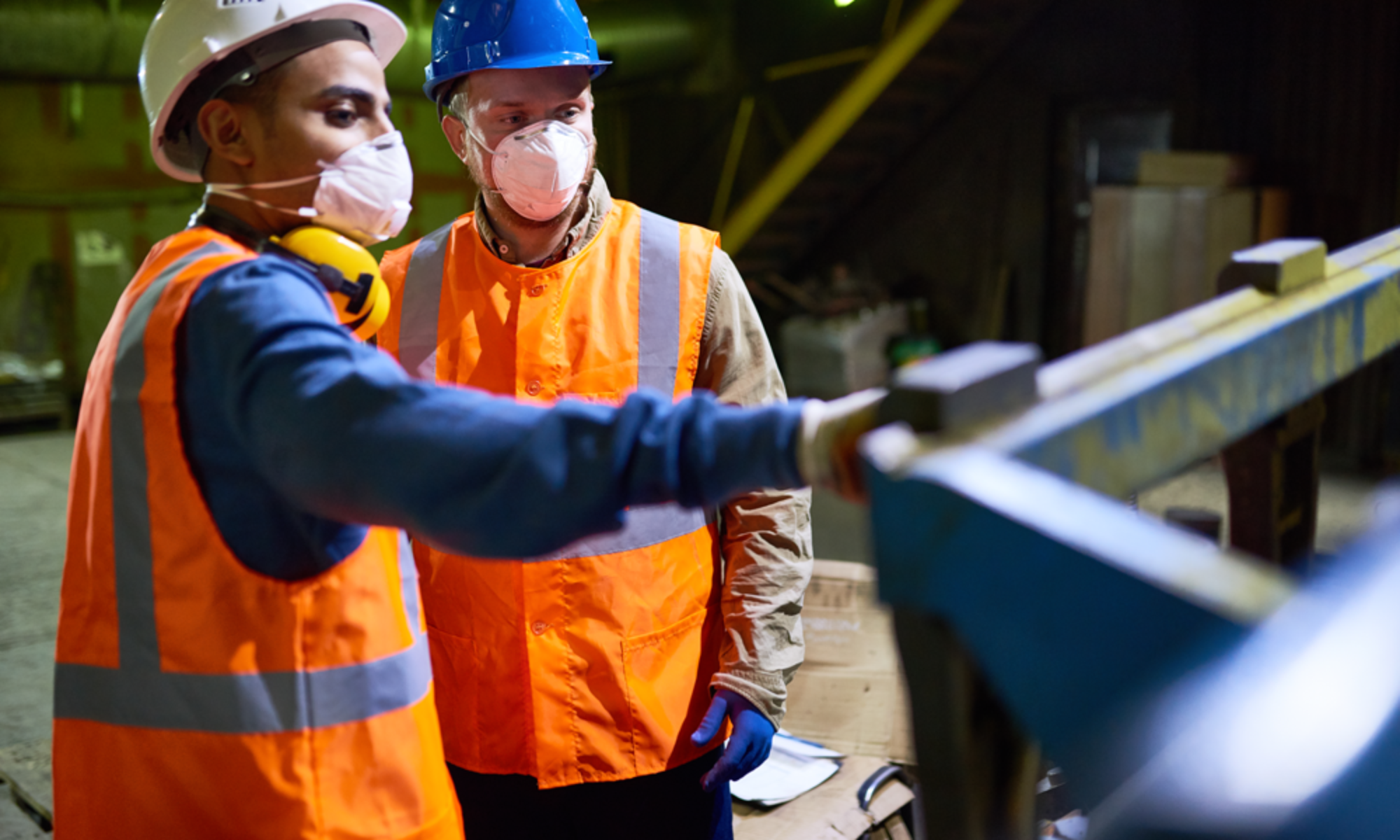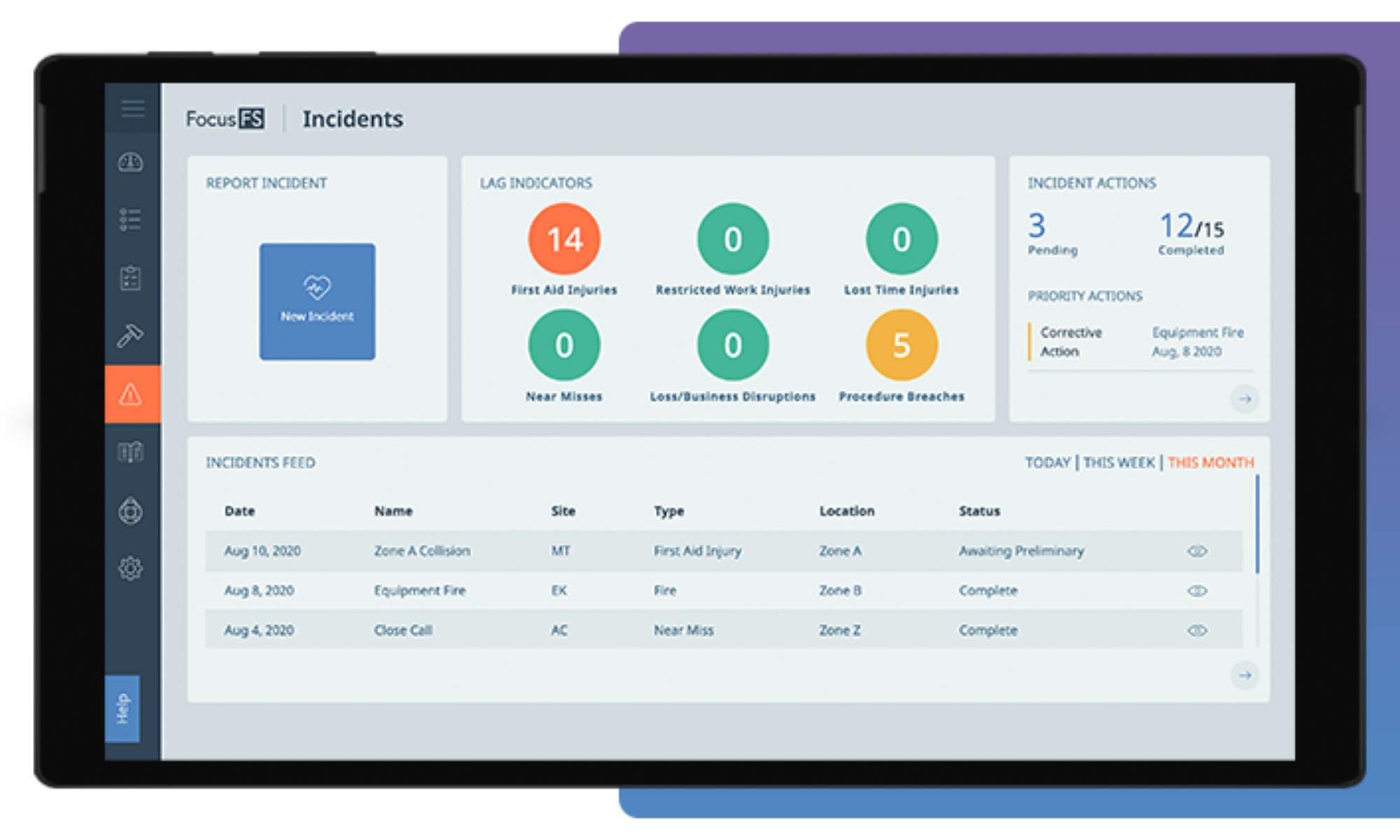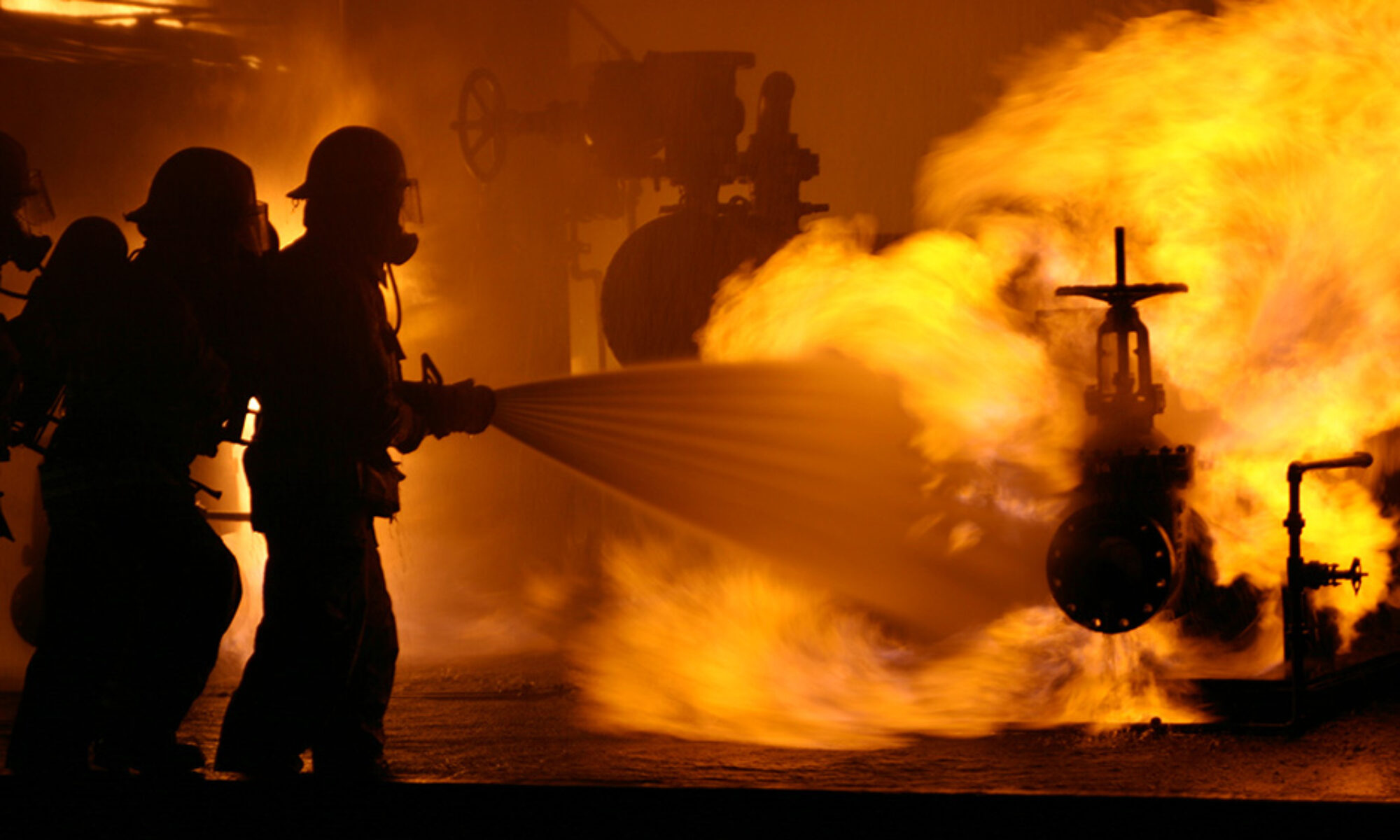Blog
Improving Mine Emergency Responses with Digital Maps
May 6, 2021
 Canada is one the safest mining jurisdictions in the world. The Mining Association of Canada says this is a direct result of a commitment to the highest possible high health and safety standards, along with a goal of achieving a zero-incident work environment.
Canada is one the safest mining jurisdictions in the world. The Mining Association of Canada says this is a direct result of a commitment to the highest possible high health and safety standards, along with a goal of achieving a zero-incident work environment.
Of course, emergencies can still arise at any worksite, which is why having a mine emergency response plan (MERP) is critical for successfully dealing with unexpected and dangerous situations.
A MERP outlines advance preparations and prompt actions essential for personnel to efficiently and timely manage an emergency situation – helping to save lives, protect assets and property, and mitigate environmental damage.
Among the key elements of an effective MERP are up-to-date large-scale maps, which help decision makers launch an effective response and assist emergency response teams skillfully perform their duties right from the outset.
Once a mission is underway, any updates/changes need to be clearly communicated between command personnel and rescue teams to avoid confusion or wasted time. For example, a planned evacuation route suddenly becoming blocked by falling debris means an alternative route is swiftly needed.
Paper maps can work, but care must be taken by the rescue team not to lose or damage their maps. In addition, changing route information may be miscommunicated or lost due to problems with radio/phone lines or deteriorating location conditions.
These issues could be mitigated with a MERP that includes an interactive digital mapping system. With such a system, detailed mine maps can be securely stored in a central location and easily accessed by authorized individuals or groups.
The same system allows command centre personnel and rescue teams to communicate and share information in real time using tablets with an Internet connection.
There’s no need to rely on grid coordinates or vague map symbols, as users can zoom in or out of specific map areas or to add their own detailed messages and photos to explain what’s happening.
If the rescue mission route needs to change, the affected area can be clearly marked on the map and the rescue team can follow an alternate or more efficient path. Even if an Internet connection is lost, data can still be applied to the digital maps and sync when a connection is re-established.
Once the mission is complete, marked-up digital maps and associated data can be used for post-incident investigations and legal records.
As digital technology becomes an increasingly important part of our work and home lives, it’s important to recognize opportunities where this same technology can be applied to the mining industry to help improve and strengthen emergency responses.
Sources:
Mining Association of Canada:
https://mining.ca/flippingbooks/safety-and-health/
BC Ministry of Energy, Mines and Petroleum Resources:
—
Subscribe to our newsletter
hbspt.forms.create({
region: “na1”,
portalId: “19922270”,
formId: “fb64bf68-e341-4ba5-9fea-f6ba9ecb5a1d”
});



